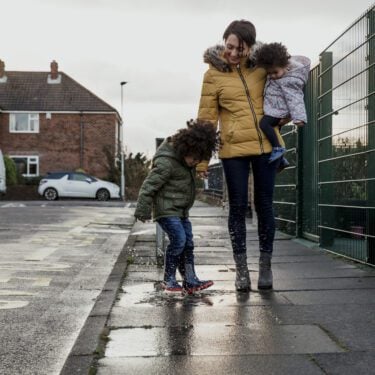
09/08/13
2 min read
The first part of a comprehensive research study into the functioning and effectiveness of the role of Independent Reviewing Officers (IROs) has found that IROs are not yet fully able to reach the potential for their role envisaged in statutory guidance.
Conducted by leading children’s charity the National Children’s Bureau and funded by the Nuffield Foundation, the study also found that IROs often struggle in the ongoing scrutiny of the implementation of the child’s care plan.
One of the core IRO functions is to carry out looked-after children’s reviews and consult professionals, carers and children as part of this process. While the study found that the majority of IROs were usually able to complete the tasks necessary to prepare for a review, a significant minority (between a fifth and a quarter) were not able to follow up case reviews adequately by consulting with everybody involved.
IROs should also be continuously involved in overseeing the care provided to looked-after children, including at critical junctures such as when a case is in court proceedings. However, it was found that IROs’ involvement between case reviews was variable. Only half (49%) were always or often able to monitor the cases more generally, and 58% of the IROs surveyed said they rarely or never received relevant court papers about children they were supervising.
The reasons for these shortcomings are complex, but the survey of 295 IROs, as well as 65 IRO managers and 60 Directors of Children’s Services, found that heavy caseloads and having to fulfil non-IRO duties are contributing factors. In two-thirds of local authorities, IROs are burdened with caseloads exceeding the recommended limit and nearly half (46%) of IROs have other duties outside their IRO remit.
While just under half (41%) of IROs felt their role contributed significantly to improving services for children in care, nearly a third felt that their work was not valued by senior managers and that they operated in unsupportive working environments.
These important new findings suggest that IROs are not always able to provide the high-quality service that children growing up in the care system need. The reasons for this are difficult to unpick but this research suggests that heavy caseloads and a working culture that does not properly value their contribution are important factors. IROs have the potential to provide invaluable support to children and young people in care; yet by failing to put them at the heart of the process we are jeopardising the care of some of our most vulnerable children.”Enver Solomon, Director of Evidence and Impact at the National Children’s Bureau
About the survey
‘The role of Independent Reviewing Officers (IROs) in England – Findings from a national survey’ was produced by the NCB Research Centre with funding from the Nuffield Foundation. It aims to provide the first comprehensive research into the functioning and effectiveness of IRO services in England. The study involves a large research programme and this report presents the findings from the first stage of the investigation, that is: the responses of 295 IROs, 65 IRO managers and 60 Directors of Children’s Services (DCSs) to a national survey and analysis of administrative data on IROs’ access to independent sources of advice. The survey findings are compared with the requirements of the IRO national guidance introduced in 2011.




















































